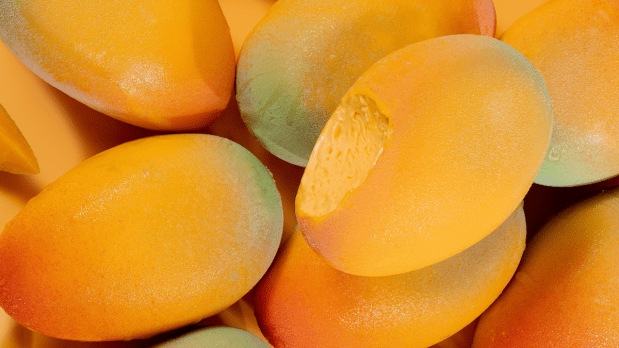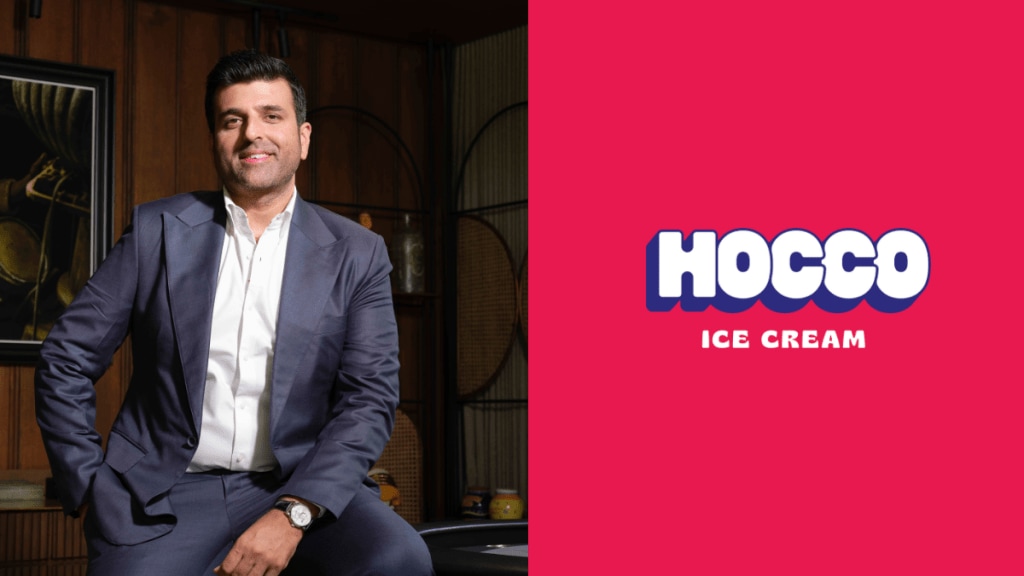In 2017, Ankit Chona nearly exited the ice cream business with a Rs 1,020 crore cheque. Havmor, the brand his grandfather built in 1944 and he helped scale, was acquired by South Korea’s Lotte Confectionery. For the next five years, due to a non-compete clause, Chona stayed away from the sector his family had dominated in Gujarat and beyond. But not entirely.
“We continued to run our restaurant business and a very small ice cream parlour brand called Huber and Holly,” Chona told financialexpress.com in an exclusive interview. It wasn’t enough. “We had to figure out how do we… either we go big or go home was kind of the internal discussion that we had.”
When the clause expired, Chona re-entered the category with Hocco, a brand that shares Havmor’s legacy but not its PoA. The name, he said, came before the meaning. “Hocco actually means nothing… It just has to be easy to pronounce, easy to remember, and should look cool,” he explained. Afterwards, Hocco became the acronym for House of Chona Collaborative.
Two brands, same DNA
Hocco and Havmor now coexist in the same freezer aisle, but with diverging strategies. Havmor, with 12.5% of India’s ice cream market and over Rs 1,200 crore in revenue, plays the volume game. Its strength lies in an expansive distribution network of 60,000 dealers and a presence in 20 states.
As far as Hocco is concerned, from Rs 20 crore last year, Chona expects sales through Zepto, Blinkit, and Instamart to contribute nearly Rs 90 crore this fiscal. In FY24, they posted revenues of Rs 220 crore. For FY26, it is targeting Rs 450 crore, riding on both a seasonal uptick and continued expansion in its offline and digital footprint. “We’ll touch maybe Rs 450 crore also,” Chona commented. “April and May account for over 25% of our annual sales.”
The company has introduced several non-standard offerings, including a mango-shaped mango ice cream (Amchi), caffeinated ice candies (Bijli), and cake-based sandwich desserts (Bix). “There wasn’t too much innovation… Nobody was actually making the whole ice cream eating experience fun,” Chona says of the market he returned to. That gap is what Hocco aims to fill. The focus on novelty has resonated particularly well on quick commerce platforms. “Almost 25 to 30% of our revenue on Quick Commerce comes from just this one cone,” Chona said, referring to the O-cone, a ball-top cone with hazelnut mudslide among its variants. Products like Huber and Holly (a premium label) and Chilfi (a kulfi-focused sub-brand) have been tailored specifically for this channel.

Hocco has deployed more than 20,000 freezers and operates around 150 ice cream parlours, including those attached to its restaurant outlets. About 80% of its revenue currently comes from offline channels.
A different kind of ice cream war
There are also clear demographic targets. “It’s more the 18 to 30-year-olds we are going after,” Chona noted. But the team avoids being overly niche. “It should not be that a 10-year-old and a 60-year-old can’t both understand our communication.”
The company has also begun exploring international markets, with two QSR outlets in the US and a potential export push on the horizon. However, domestic demand has so far absorbed most of the capacity, delaying expansion abroad. Longer-term, Hocco is also eyeing the growing segment of health-conscious consumers. “It probably makes up less than 5% of the industry today, but could become 10% in five years,” Chona noted. The company is tracking this trend closely while maintaining a focus on mass-market appeal.
India’s ice cream market, currently valued at Rs 228.6 billion, is expected to quadruple to Rs 956 billion by 2032, according to Research and Markets. There’s room for both incumbents and disruptors, but differentiation will matter. With Hocco, Chona isn’t trying to recreate Havmor. He’s trying to respond to a different consumer in a different decade. Whether or not Hocco catches up to Havmor in scale, it’s already set itself apart in spirit, and staked its place in a market Chona never really left

